
Le Golf National
Guyancourt, France

HOLE #1
Right from the start of the first hole, the tee shot is crucial. You don’t have many options and a 2 iron or a 3 wood should keep you out of trouble. You will be left with a mid to short iron to the green, but you will need to be accurate, especially with a pin position just a few yards away from the water and some bunkers around the newly shortened green. (Source: PGA of America)
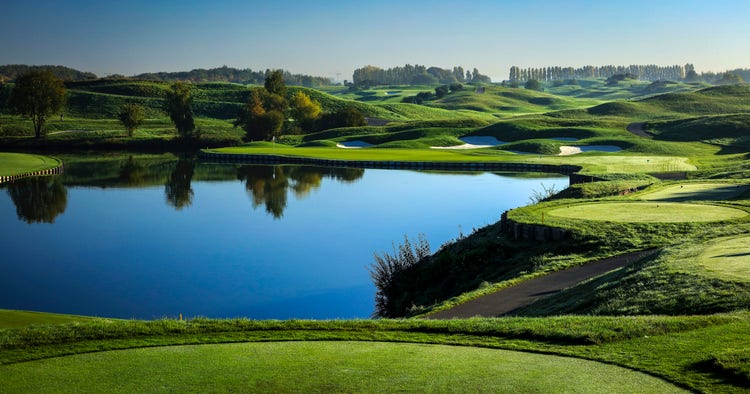
HOLE #2
On this hole, the most difficult thing is to correctly assess the amount of water you have to carry before touching down on the green surface. In fact, the equation is very simple: the further left the pin is, the more water you have to carry. The most dangerous flag position being the left far-end one where power, distance as well as accuracy are required. (Source: PGA of America)

HOLE #3
Though extended in 2004, this long par 5 seems quite simple. It requires a long tee shot aiming for the left part of the fairway. From this side of the hole, you will have much easier access to the small and well‐defended green. Next to it, an oak and a bunker team up to make the access from the right almost impossible, which the pros must overcome with a far right pin position. (Source: PGA of America)
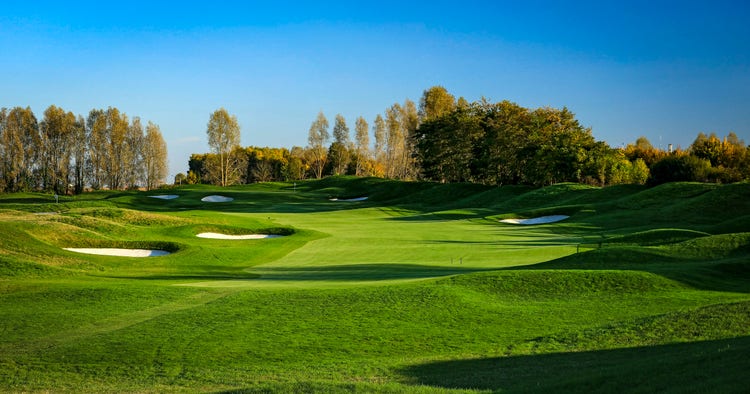
HOLE #4
The tee shot requires a solid drive to the middle of the fairway of this long par 4. New fairway bunkers in 2016 mean you will have to be straight and long before going further uphill towards an elevated green. The second shot, if played from the thick rough, will be a tricky one when the pin is on the front part of this green, which is large and full of slopes. (Source: PGA of America)

HOLE #5
Some respite awaits on this short par 4, which doesn't have too many difficulties apart from fairway bunkers left and new deep bunkers in front of the green. Nevertheless, birdies opportunities here are not that common. (Source: PGA of America)
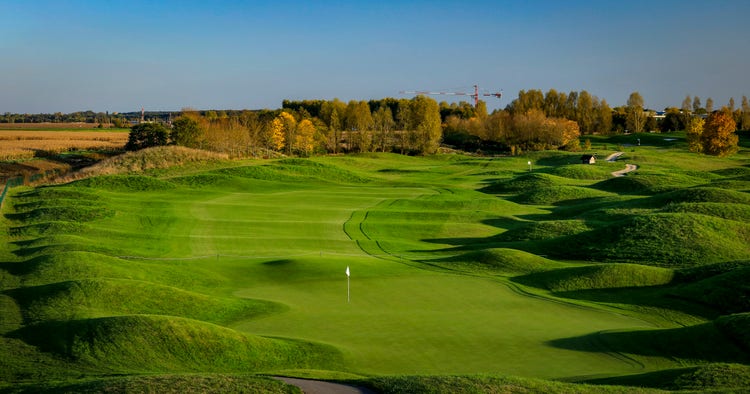
HOLE #6
Once again, players must be wary. The endless green is well hidden by a little bump at the front and it is also below the fairway level. This could mislead players into the exact length of the shot required, but birdies should still be frequent. (Source: PGA of America)

HOLE #7
An important and challenging par 4, this hole requires a solid tee shot to the left part of this elevated fairway and another solid iron shot down to the far green. While tall fescue can be found down the left of the fairway, making for an uncomfortable tee shot, on the opposite side is a steep bank, ensuring this hole is far from straightforward. (Source: PGA of America)
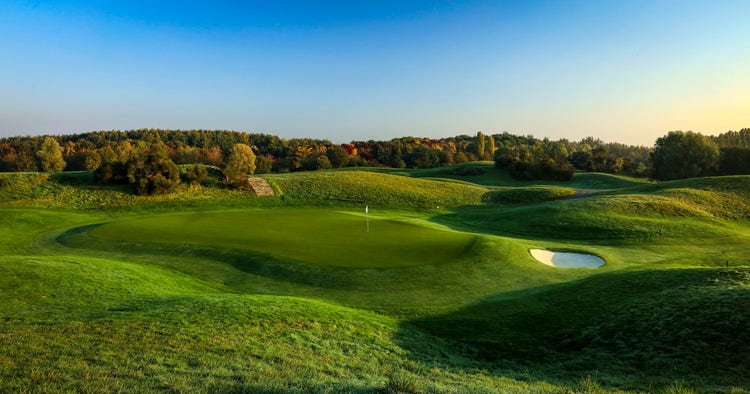
HOLE #8
When it comes to the eighth, it all depends on the wind. To make it all the more difficult, the large undulating green is defended by a tiny, but deep, bunker. The hole will also offer some interesting and challenging pin positions, especially with a strong blowing wind. (Source: PGA of America)

HOLE #9
This is the second par 5 that was extended in 2004. Though the water hazard on the left is not really in play, players will require two solid shots, quite often into the wind, to reach the longest and narrowest green on the course, which is also well guarded by a few deep bunkers. (Source: PGA of America)
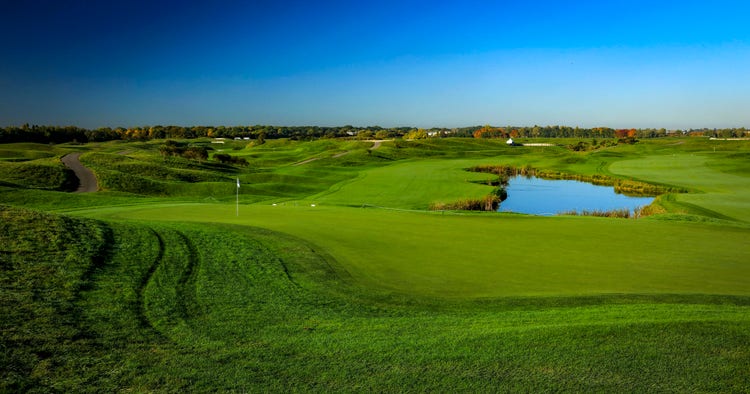
HOLE #10
Played downwind, this short par 4 has seen some golfers almost hitting the green from the tee. The wise, sensible shot is to hit a two or three-iron to the middle of the fairway with a second shot to the heart of the green. Keep away from the water hazard on the left and the reward could well be birdie. (Source: PGA of America)
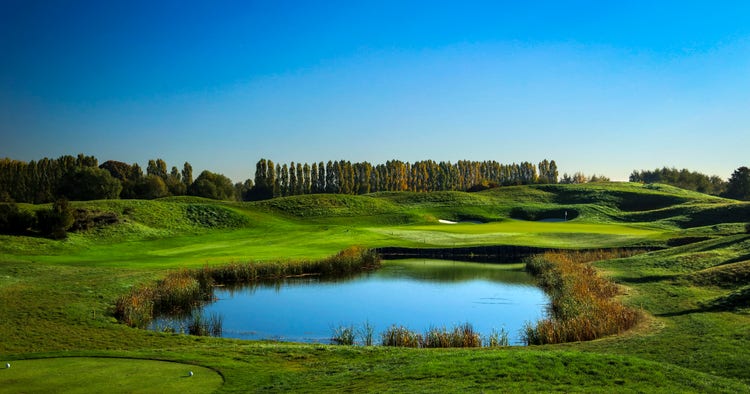
HOLE #11
This hole was completely revamped in 2016, with the water hazard extended and the addition of two new bunkers at the back of the green. Depending on the location of the pin on its sloped green, this par 3 offers no guarantee of par. (Source: PGA of America)

HOLE #12
A dogleg-right with a huge bunker on the bottom right of the fairway, the tee shot on the 12th is no easy matter. In fact, the longer your drive is, the narrower the fairway gets. Only a drive carrying the bunker and ending up in the bottleneck a few yards ahead will offer you the ideal spot for your second shot to this elevated green. Players heading for the green from either the high rough or the bunker seldom reach the putting surface with their second shot and they might even struggle scrambling on this large, bumpy green. (Source: PGA of America)
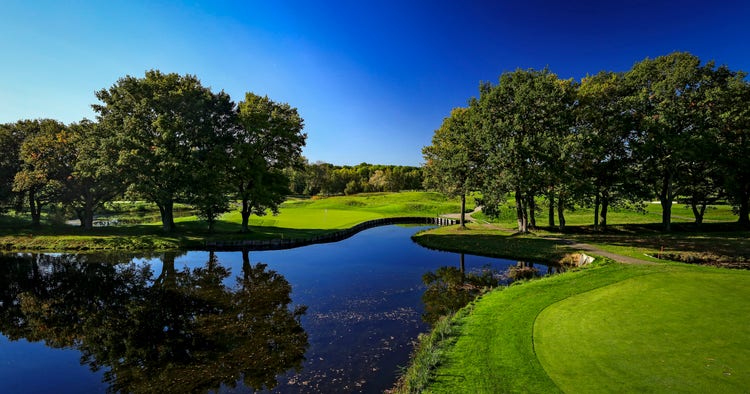
HOLE #13
Reshaped in 2004, the 13th offers a very narrow route to its fairway. This dogleg-right is a technical and demanding hole. If your tee shot is not long enough, you will find yourself with an almost impossible second shot to the well-protected green. Not only do you have to carry the water in front, but you also have to avoid the oak trees guarding the green. (Source: PGA of America)
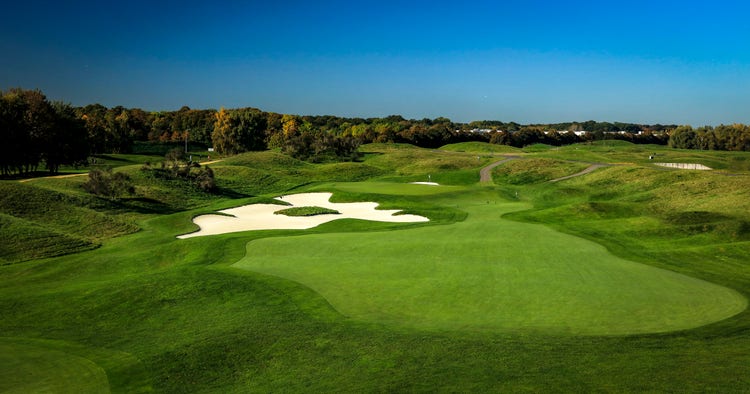
HOLE #14
The last of the holes extended in 2004, the 14th has a large bunker defending the green, which is difficult to reach in two. Even big-hitting players will find it difficult to reach, particularly when swinging into the wind. The two-tier green also presents a challenge to players looking to gain an advantage here. (Source: PGA of America)
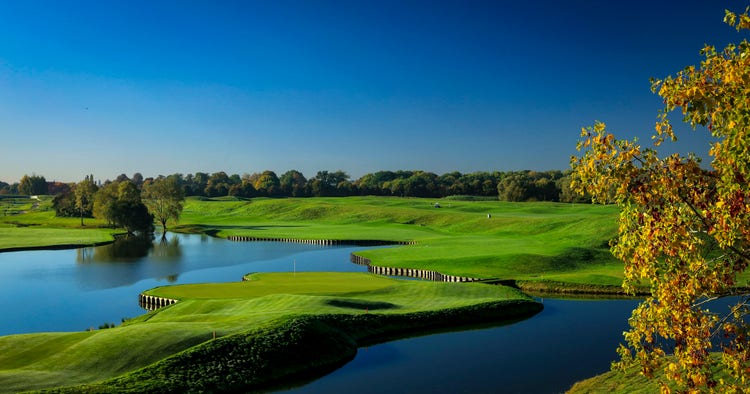
HOLE #15
The last four holes are where the real drama gets started. Though its length is modest, this hole remains a dangerous one. Approaching the clubhouse, the water surrounding the green, combined with a tricky pin position, could trip some players up. (Source: PGA of America)
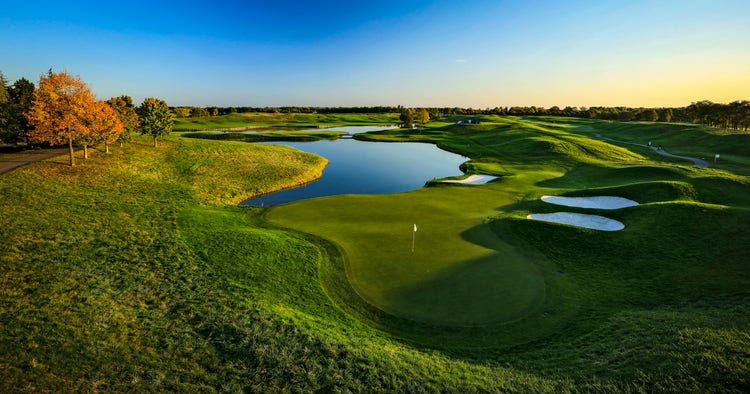
HOLE #16
The difficulty of this green lies in the undulations that tempt balls into the water, protecting the green on its right. Aiming for the left side of this par 3's green, players will be left with an uncomfortable downhill putt. (Source: PGA of America)
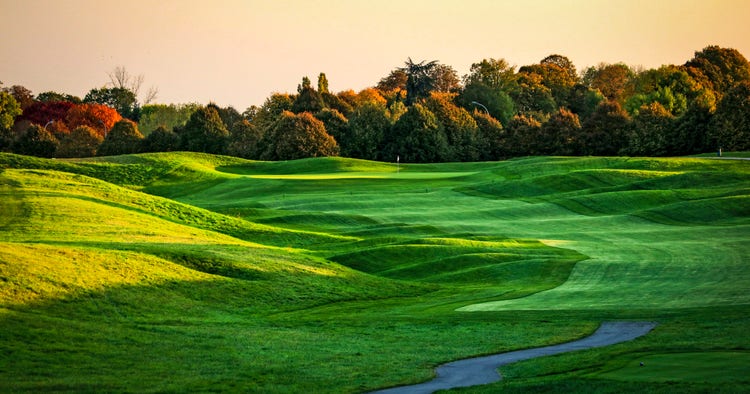
HOLE #17
With an uphill fairway and a green that runs dramatically from right to left, the 17th is an interesting hole. With no sand traps or water hazards to contend with, the penultimate hole poses a very different challenge than the final one to come. (Source: PGA of America)
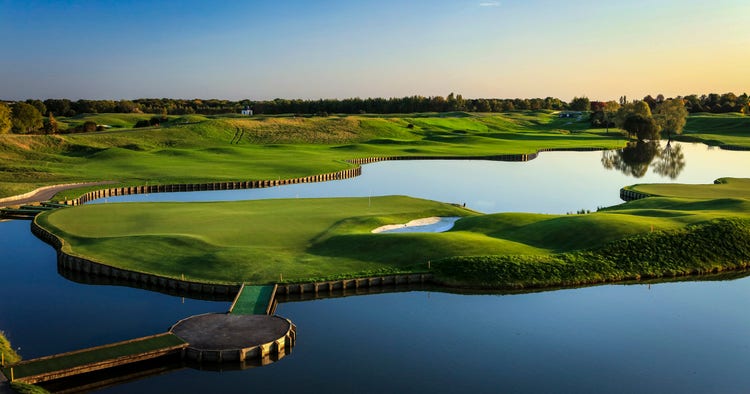
HOLE #18
It might just be as difficult to get a par on the 18th as it is to make a birdie. The tee shot is essential, with water on the left and pot bunkers on the right. The final hole ranked as the hardest at the 2017 Open de France, with 147 bogeys or worse made throughout the course of the week. It should make for an interesting final hole with the match on the line. (Source: PGA of America)